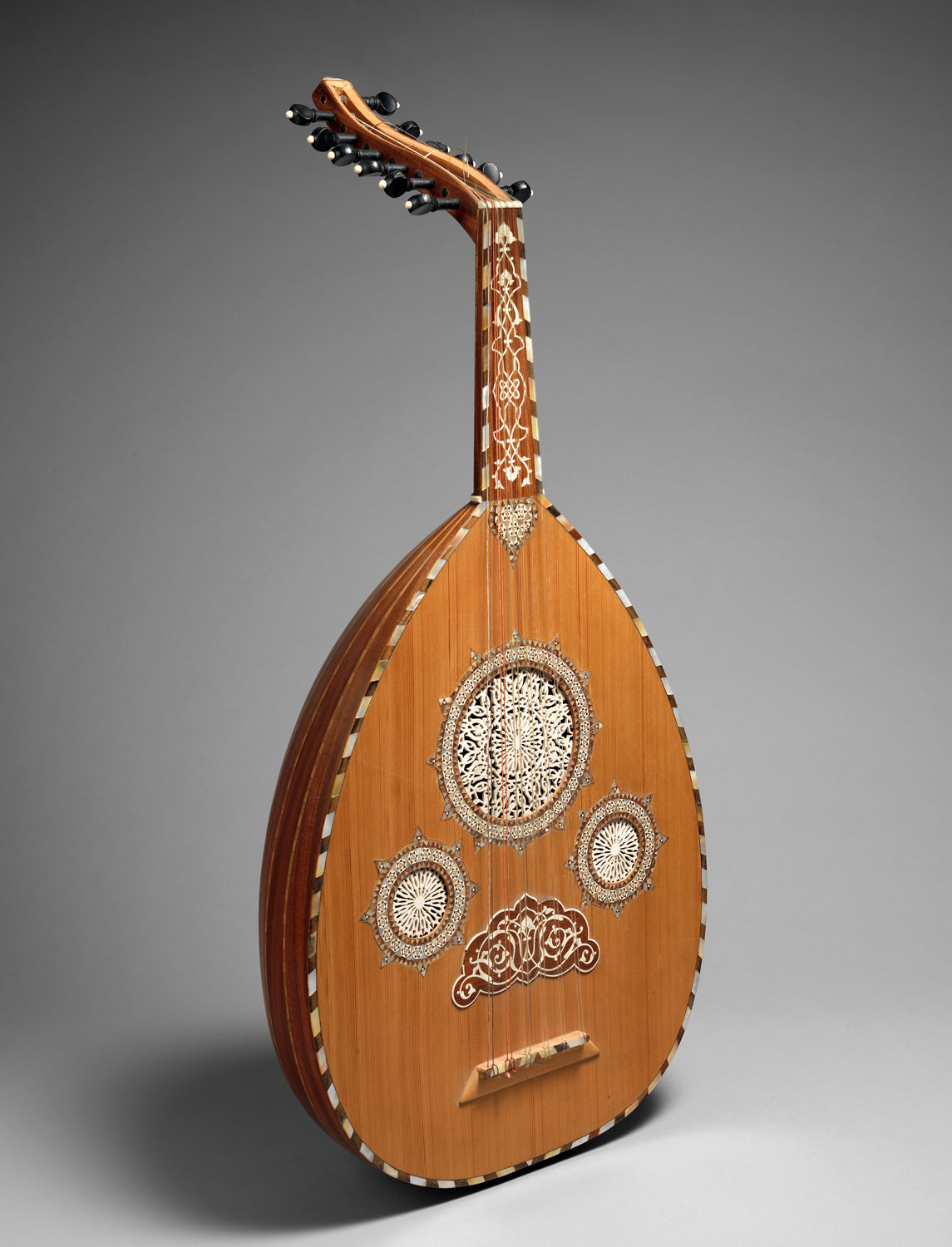


The mid-13 th century Récits d’un Ménestrel de Reims ( Stories of the Minstrel of Reims), relates that Blondel wandered for a year through strange lands in search of Richard, his captive master. This idea seems to have arisen from two 13 th century manuscript depictions of the troubadour Perdigon playing the fiddle, and from an account of the French trouvère, Blondel de Nesle, searching for Richard the Lionheart, King Richard I of England.

The troubadours, French Provençal lyric poets and singers of the 11 th to 13 th centuries, now have the reputation of having the vielle as their favoured instrument, as do the trouvères, the epic poets and singers of northern France in the 11 th to 14 th centuries. Minstrels, servant musicians in the employ of wealthy households, used the fiddle to accompany others’ singing and jongleurs, French musician-poets who performed both in the service of the wealthy and freelance, used it to accompany dancing and their own singing of chansons de geste, songs of heroic deeds, a popular genre in the 12 th and 13 th centuries. The medieval fiddle is a regular element in decorated manuscripts and paintings of the period, and features in religious paintings played by angels or humans in attendance of the holy, sometimes on its own, often among other instruments. The seal of Bertan II, Count of Forcalquier, France, dated 1168, has him armed with a sword and shield on horseback on one side, and sat playing a vielle on the other King Ottokar II of Bohemia, writing in the early 13 th century, gave the names of 17 fiddlers at King Manfred of Sicily’s court, implying that there were many others and Duchess Isabella, wife of Duke Philip the Good in 15 th century Burgundy, employed two blind Portuguese lutenists who also played vielle and other “soft”, i.e. The vielle found favour in royal and noble households.
#MEDIEVAL STRINGED INSTRUMENT PROFESSIONAL#
From the 12 th century on, the vielle was associated in literature with both amateur and professional players (along with the citole and harp), as an instrument to play dance music to accompany others’ secular songs to self-accompany secular singing and, perhaps surprisingly, as an accompaniment to religious song. The importance of the vielle in mid to late medieval European culture is clear from surviving historical artefacts, paintings and manuscripts. The importance of the vielle The seal of Bertan II, Count of Forcalquier, France, dated 1168, depicting him playing a vielle.

For an introduction for the general reader, go to On the medieval fiddle: a short introduction to the vielle. This page provides a detailed discussion of the different ways in which we can make sense of historical fiddle tunings and, in the light of that, a closely argued case for the relationship between the vielle and the crwth or bowed lyre, demonstrating that they were identical in style, having more in common with the hurdy gurdy family than modern bowed strings. Our only renaissance tuning source is Johannes Tinctoris in the 15 th century, which isn’t entirely clear in its meaning. There is a medieval source for its tuning, Jerome of Moravia in the 13 th century, who gives 3 tunings, leaving us with some puzzles as to what exactly they mean in practice, which this article attempts to resolve. There is a wealth of vielle iconography, which can tell us a great deal about the variety of its form and the context of its use. It first appeared in western Europe in the 11 th century and continued to be played until the middle of the 16 th century, flourishing in the 12 th and 13 th centuries. The vielle or medieval fiddle was the most popular instrument in its heyday for secular song accompaniment.


 0 kommentar(er)
0 kommentar(er)
